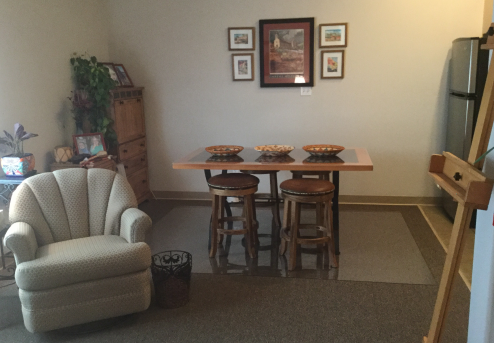What is Art Therapy?
Art therapy is a mental health profession in which clients, facilitated by the art therapist, use art media, the creative process, and the resulting artwork to explore their feelings, reconcile emotional conflicts, foster self-awareness, manage behavior and addictions, develop social skills, improve reality orientation, reduce anxiety, and increase self-esteem.
American Art Therapy Association
Art Therapy was developed in the 1940’s under the leadership of Margaret Naumberg. In keeping with psychotherapeutic tradition, art was used as a means to facilitate the therapist’s interpretations of the client’s associations. “Art psychotherapy” is the term that is usually applied to this style of practice. Other early pioneers, such as Edith Kramer, stressed the importance of the creative process as a means to activate healthy psychological functions. “Art as therapy” describes this approach.
I attempt to integrate these two approaches and to apply psychological theories and treatment models that best meet the unique needs of each of my clients.
Do I need to be artistic in order to participate in and benefit from art therapy?
As an experienced artist and art therapist, I am able to provide my clients with enriching creative projects and guide them in the use of art materials such that their art making experiences with me are beneficial and satisfying. No special skills or training are required to participate in art therapy.
Why make art? Why not just talk?
- Art making allows clients to access their creativity and to see things in different ways. This improves the client’s problem solving skills.
- Through the artistic process intense feelings and socially unacceptable behavior are transformed into complex and meaningful forms of expression. When clients learn to express their feelings artistically they are less apt act out their feelings with unconscious, impulsive, and sometimes destructive behavior.
- Creative expression is less easy to manipulate than verbal expression. Consequently artmaking reduces clients’ avoidance and defensiveness so they can accept and understand challenging thoughts and feelings.
- Art making can facilitate engagement in the self-discovery process.
- Art making can be enjoyable and a good way to manage stress.

